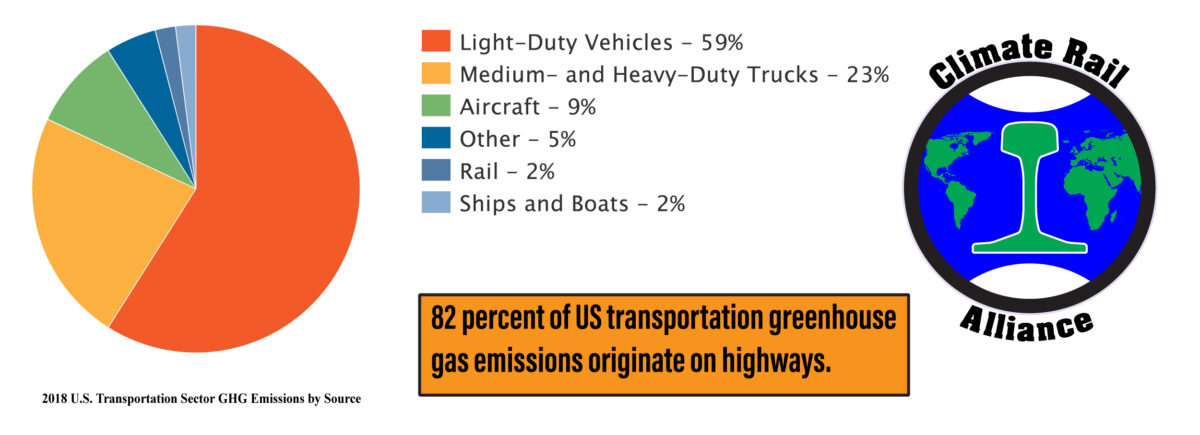In case some folks haven’t gotten the memo, the climate that sustains life on earth is deteriorating rapidly. It should be a concern anyway, probably along the lines of adapting to live in it as long as possible. However, the far greater concern should be that human activity is causing it, and we can do something to stop it (and if we are really lucky, reverse it, but time is running out for that).
The United Nations Intergovernmental Panel on Climate Change has been studying the problem since 1988. For over 30 years, the panel has issued reports on the nature, cause, and effect of climate change. Each issue of the report indicates that the problem has become more serious. Reports issued in the past decade show that human-caused climate change is no longer just serious, it has become an emergency. The most recent report states that we must cut greenhouse gas emissions by half within the next eight years or the effects will be irreversible.
Transportation is responsible for 28 percent of climate-changing greenhouse gas emissions. Of that, air transport is responsible for nine percent. Rail transport is responsible for two percent.
Trains can’t move across oceans. Ships are slow. Trains, even the fastest ones, are typically not practical for journeys over about 700 miles, although some trips of up to about 1,200 miles could be practical with the use of fast, overnight trains. There will be a place for air in the transportation scheme. However, air transportation must not be expanded when a more sustainable mode is available.
Yet the efforts continue to expand airports or build new ones. If the funds for expanding airports or building new ones were invested in rail infrastructure that enabled competitive rail service, the existing airports would be able to accommodate the air service for which rail service is not practical.
The rail service need not be super high speed trains on brand new dedicated right of way. Such trains have a very long lead time. They cannot be effective in greenhouse gas emissions reduction for decades.
A lot can be done quickly with rather modest investment in the existing network. An example is the service that was proposed between Seattle and Portland. The travel time would be two hours thirty minutes downtown to downtown. Trains don’t have a boarding process. There are doors about every 90 feet of train. Trains don’t have a long security process. Nobody can steal a train and destroy a building with it. Trains are close to the urban centers. There is no long drive or taxi trip out to an airport. The proposed Seattle-Portland service would be faster than flying. That is just one example of what can be done instead of expanding airports.
The infrastructure investment that will support effective rail service will also support fast, reliable freight service that can be instrumental in shifting truck traffic to rail. There are benefits beyond climate change to shifting freight transport to rail.
An additional benefit is that trains can be electrified without the use of batteries, resulting in zero emission transportation without the problems associated with battery production and disposal.
In our own self-interest, we must consider the future carefully before considering airport expansion or new airports, then do the right thing and invest in rail transportation instead
Read more in The Climate Emergency: Trains-An Effective Response.
TAW
